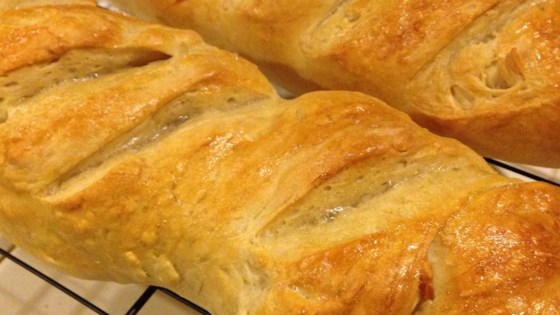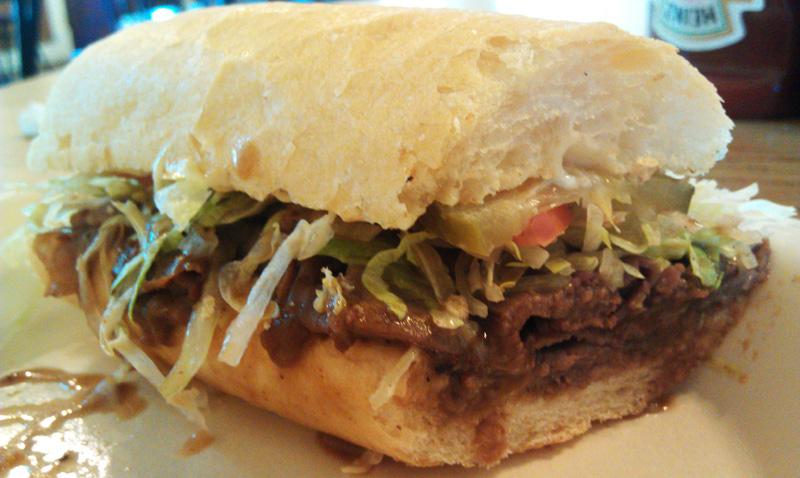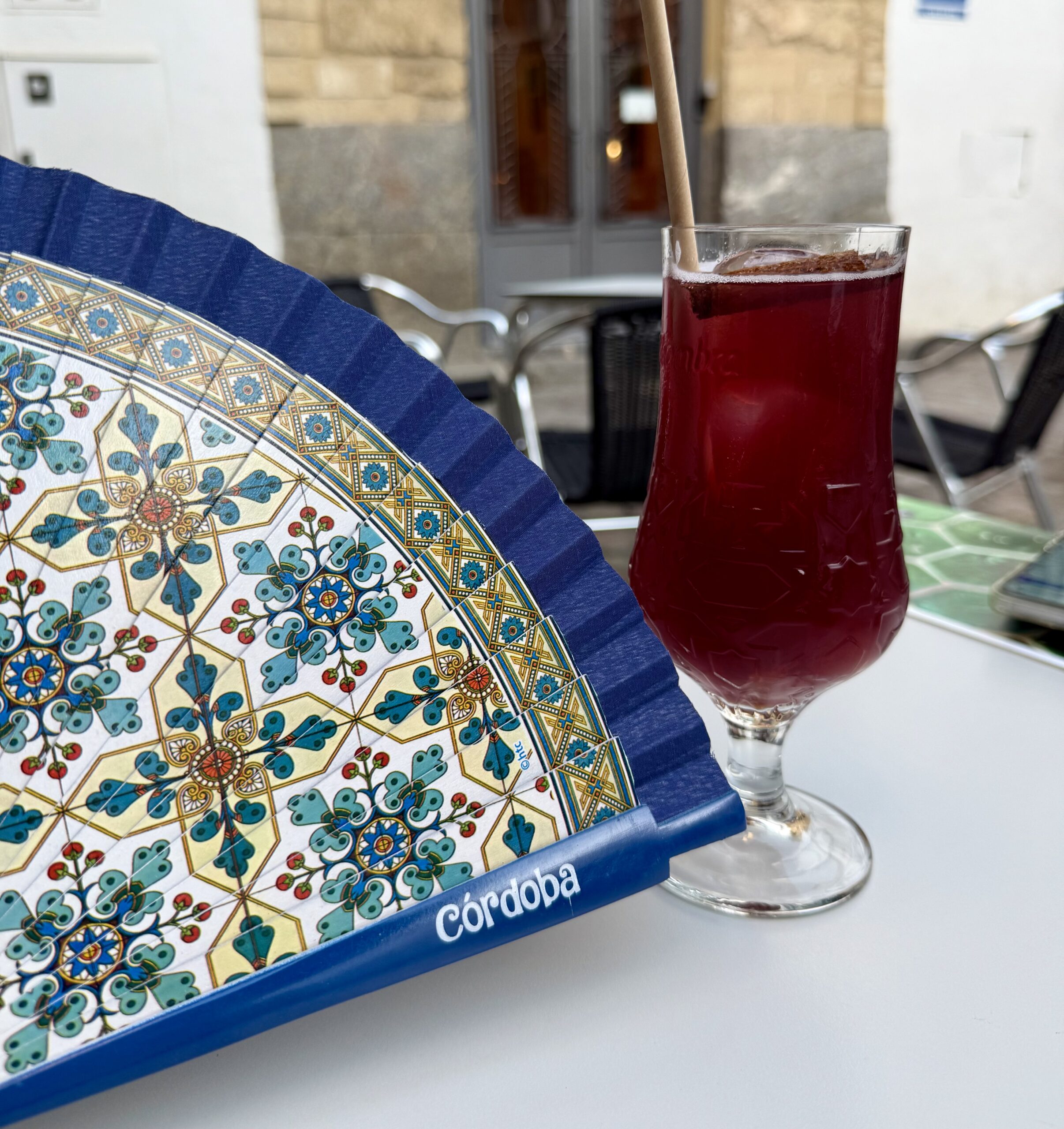
Rail Siding: BREAD
March 31, 2018
I promised a brief explanation of my evident
exaggerated regard for the French baguette. It is rooted, or should I say
kneaded, in upbringing. Specifically, it is the result of being raised in New
Orleans, and its own version of the baguette, known simply as French bread, and
in sandwich form, the po boy.
More than a mere staple of life, to a New
Orleanian it is the defining characteristic of civilization. Generally
hidebound provincial in their horizons, when the New Orleanian does venture
beyond its self-defined Pillars of Hercules (Houston, Baton Rouge and Pensacola
Beach), they will invariably return with tales of exotic adventures that will
always end with, “It was a great time, but the bread wasn’t any good.”

The key to French bread is freshness, and that
means obtaining it as soon from its bakery ovens as is humanly possible.
Throughout the city, an informal timetable is maintained as to the arrival of
fresh loaves to local groceries. It generally falls to the first born in the
family to go get that fresh loaf, and be able to differentiate it from loaves
delivered earlier in the day, and already heading toward stale. To choose
properly is the right of passage from childhood to adult. Call it the Cajun bar
mitzvah. “Reid, run down to Emmett’s and get a French bread, and MAKE SURE IT’S
FRESH!”
The life cycle of a French bread passes through
three cycles, much like an insect’s, except in reverse. In fact, the entire
life cycle of a French bread is about that of a Mediterranean fruit fly. Within
an hour or so out of the oven, the crisp and crunch on the outside, soft and
airily doughy on the inside (adult) begins to turn mushy all over (larvae), and
then finally, hard and dry like styrofoam (pupa). Bring one home in the larvae
or pupa stage, and you will not only incur the immediate wrath of your elders,
but it just might indefinitely delay your passage into manhood, if not forever.
(“Guess what, my idiot son just got a full scholarship to Harvard, but he still
can’t tell the difference between a fresh and a stale French bread, the putz!”)

mouth watering yet?
That is not to say, all three stages of a
French bread are not put to use. Fresh will make the best roast beef, shrimp or
oyster po boys on the planet. (In New Orleans parlance, “give me a roast beef
dressed, with debris” means a hot roast beef po boy with lettuce, tomato and
pickle, and a ladle of gravy that includes the shreds of beef lying on the
bottom of the pot.) Mushy, and you can brown a garlic bread in the oven, and in
its styrofoam form, you can still make a killer bread pudding.
In New Orleans food is an art form, and the
eating of it is the highest representation of that art. A visit to our fair
city is best measured in weight gained, not days stayed. “So, how long were you
in New Orleans?” “Not long, about five pounds.” (weekend)
And at the root of it all will be a New Orleans
French bread. Fresh, of course. Don’t be a putz!



Love it!